Good and Bad Days in Tatsuki Fujimoto’s Look Back
Fujimoto comes back to the image of the girls working on their manga many times and it has a ring of truth to it like he’s speaking from his own experience, bordering somewhere along the sacred and the mundane.
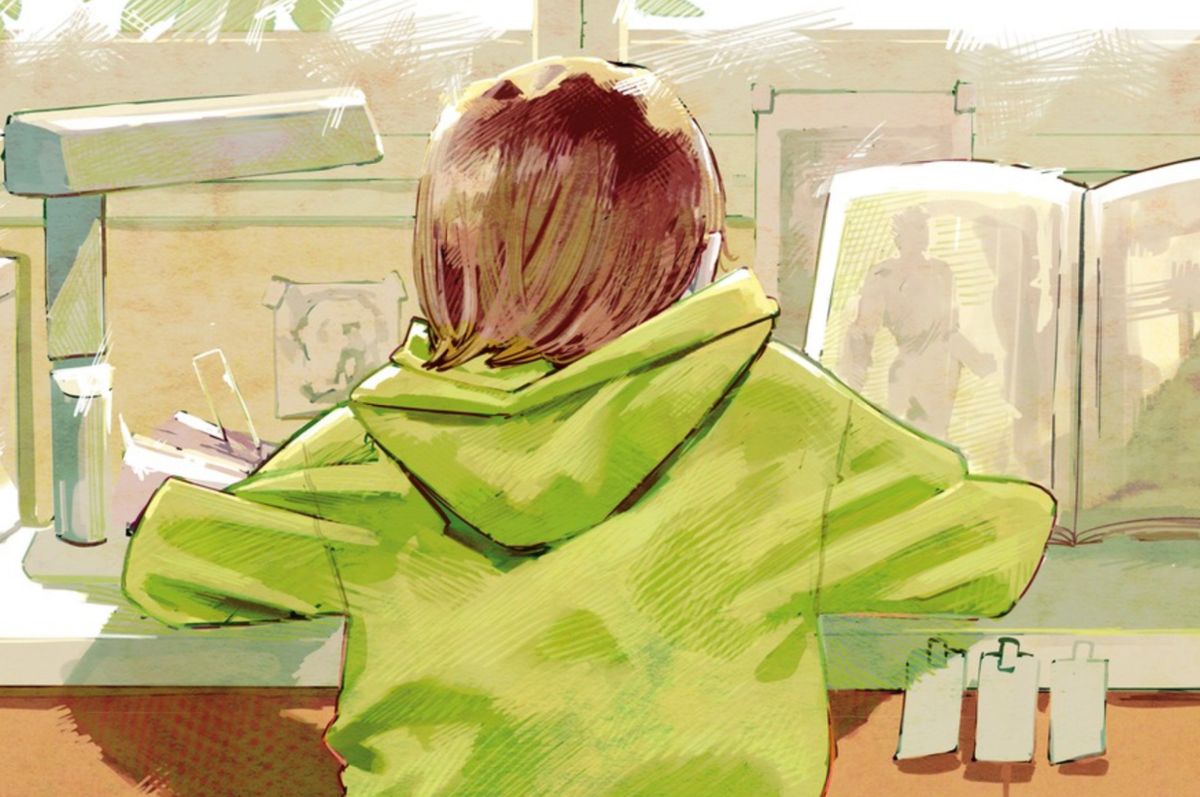
Note: This piece contains spoilers about Tatsuki Fujimoto’s LOOK BACK.
Look Back somehow manages to be one of the saddest yet most joyful books in recent memory, celebrating a friendship that was cut much too short by both selfishness and unspeakable violence. Tatsuki Fujimoto (Chainsaw Man, Fire Punch) follows the relationship of two young women, Fujino and Kyomoto, from their first encounter in the pages of the 4th-grade school newspaper through to their university years. Bonded through a love of manga and the need to draw their own stories, these two develop connections that are deeper than just friendship as they spend days and years together, in their solidarity time haunches over drawing boards working on short stories like “Metal Parade,” “The Sea Cities,” “The Cicada Humans,” and “Bagworm.” In these two, Fujimoto explores the compulsion to be an artist and to tell stories. For Fujino and Kyomoto, this is more than an occupation, something they do as a profession. It’s life and meaning; it’s not what they do but it’s who they are.
The two started as rivals back when they were just schoolgirls in 4th grade. Fujino was the star cartoonist in the school newspaper, drawing fun, rough cartoons to delight her schoolmates but she had a drive to be the best at it. So when she saw Kyomoto’s strips next to hers, the work of a reclusive shut-in student, whose drawings are leaps and bounds more advanced, Fujino dives deeper into her cartooning, spending all of her time drawing and trying to get better. Or at least, trying to get better than her school-newspaper rival Kyomoto. But even that gets too much and eventually Fujino just gives up and decides to hang out with her friends and family instead of spending all of her time drawing. That is until she actually has to meet Kyomoto which rekindles a passion in her as the two girls bond over their shared love of drawing.
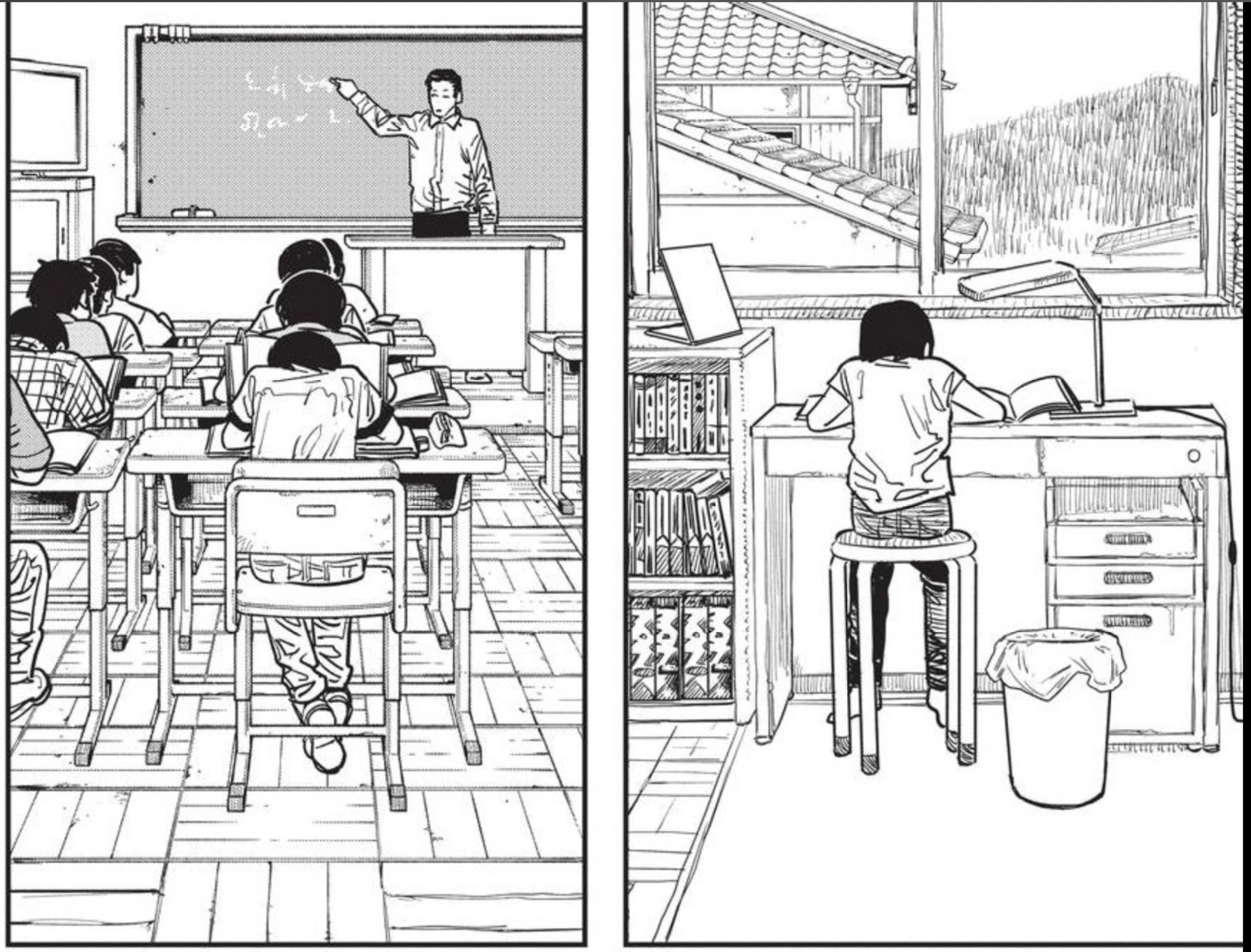
So much of this book is just images of one or both of the girls drawing at their boards, usually in Fujino’s room. Fujino sits at her desk while Kyomoto usually sits on the floor, at a low table drawing the backgrounds of their stories. When the manga podcast Mangasplaining looked at this book back in 2021, their show notes cover two different interpretations of how to read the images of the two drawing their comics.
This segment where David (Brothers) talks about how all of the scenes of drawing manga are silent, in this book, is true. He describes it as sacred, but it always looked a little lonely from the outside. I’ve (Chris Butcher) been this person though, dedicated to their work in this way, and it wasn’t lonely exactly?’
There are many truths to both readings of these moments. As the two girls create their manga together, Fujimoto shows it as this solemn experience. It’s quiet; it’s austere. But it’s also life; it’s existence for the two young girls. The repetition of the images creates this almost monastic space for the two, isolated and disciplined. That’s how Butcher and Brothers have two different readings of Fujimoto’s work because both meanings are there. Fujimoto comes back to the image of the girls working on their manga many times and it has a ring of truth to it like he’s speaking from his own experience, bordering somewhere along the sacred and the mundane.
This tension between dualities can be seen in practically every aspect of this story, including in the fates of these characters.
The idea of duality resonates throughout the book, from the duality of the two girls to the spiritual duality of the act of creation, and through to a duality of fates. There are two sides to everything, mostly reflected in Fujino and Kyomoto. For their published work, they use the pen name Kyo Fujino, a merging of their two names, signifying how the two kind of complete one another in their work but also in their relationship. So much of this book is built on this yin/yang type of give and take, seeing these different aspects from two different perspectives, starting just with Fujino and Kyomoto and how different they are when they first meet face to face.
Introvert or extrovert. Sacred or mundane. Even foreground and background artist, the roles that the two fall into in their work. This tension between dualities can be seen in practically every aspect of this story, including in the fates of these characters. While a work of fiction, Fujimoto’s story reflects many aspects of real events, including the 2019 arson attack on the Japanese animation studio, Kyoto Animation, which killed 36 people and injured another 34 people. The arsonist attacked the studio because he believed that the studio has been plagiarizing his work. (For some background, also check out the recent news from Japan Times about recent developments in the case against the arsonist.)
After Kyomoto leaves the partnership these two have developed to attend university to become a better artist, she’s killed in a similar event at her school, when a man enters the art school, ranting “They (the school and students) stole art that I put up online.” When Kyomoto left for school, Fujino lashed out at her. “… there’s no way you can handle college life on your own,” she told Kyomoto, trying to convince or goad her into staying. So Kyomoto went to school while Fujino worked on a manga series, Shark Kick, getting up to 11 volumes before the awful day when the news of an ax-wielding man attacked an art school was announced on the television.
…this what-if partnership is drawn with an energy and a liveliness that both girls probably wanted but just weren’t ready for.
At the memorial for Kyomoto, a magical moment happens when Fujino is suddenly back to being a 6th grader, about to meet Fujino for the first time but something stops both girls from opening just one door, with them going their separate ways and never meeting until years later on the day of the ax attack, where just as the man is about to swing his ax down on Kyomoto, Fujino suddenly flies in with a karate kick to the man’s back, saving Kyomoto and disabling the man.
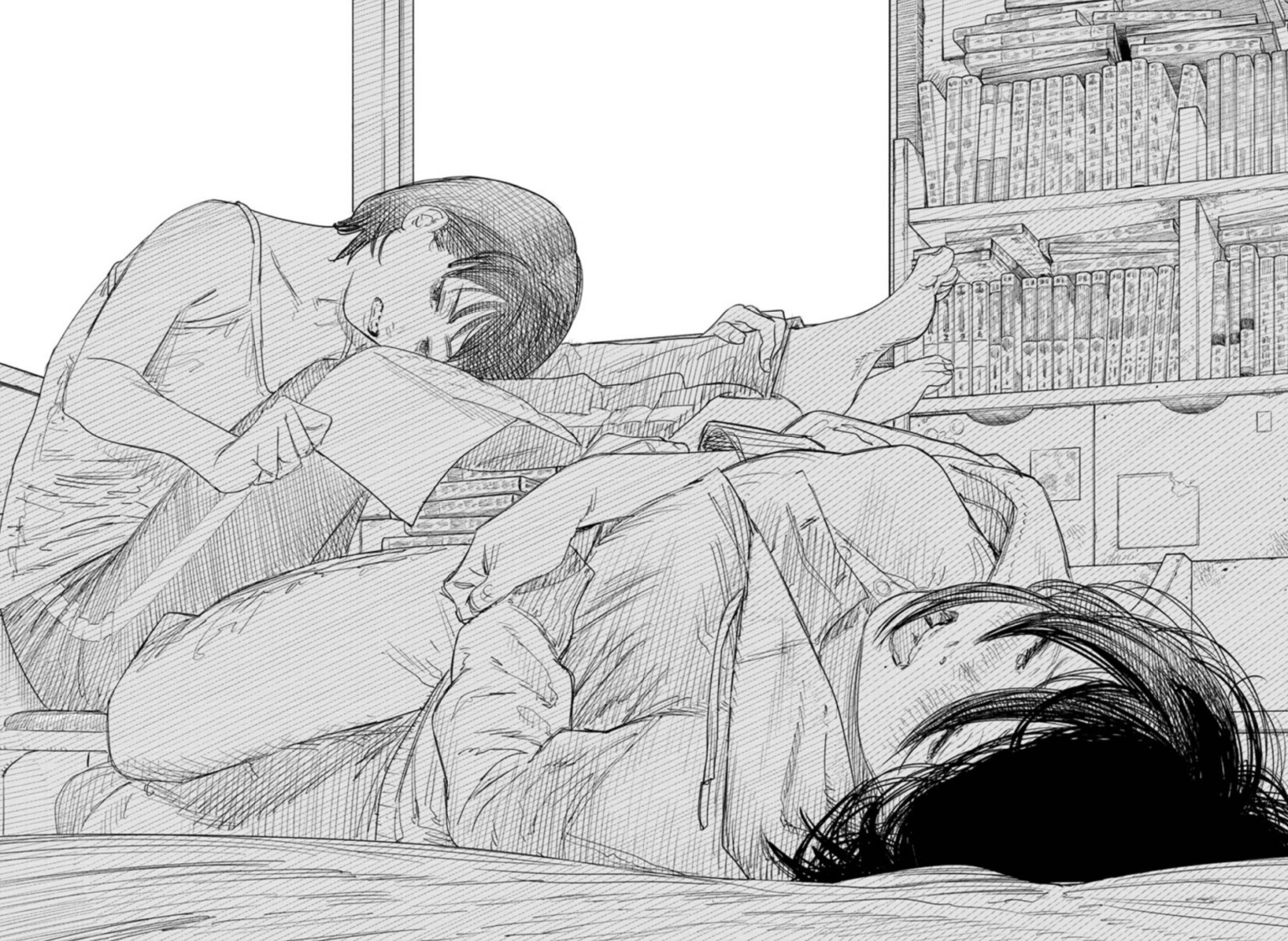
In the face of real-life tragedy, Fujimoto shows Fujino doing what we all do when faced with circumstances like this and trying to imagine “what if?” What if I could have been there? What if I could have saved my friend? What if everything was different? And in this moment of pondering what if, Fujino and Kyomoto still bond over the manga they want to create but Fujino imagines their collaboration as something different. Instead of the austere images of the two working at the same desk and table day after day, with a repetition that speaks both to the loneliness and reverence of the act, this what-if partnership is drawn with an energy and a liveliness that both girls probably wanted but just weren’t ready for. Fujimoto’s drawings of this dream collaboration show two young women enjoying the work, enjoying each other, and sharing an energy and an excitement that was probably there in real life but just wasn’t able to be expressed.
The duality between what was and what could have been.
Fujimoto’s storytelling is just so perfect. Every image contains the whole story. He tells it through the ways that he stages Fujino and Kyomoto in the panels, capturing their personalities and their emotions. Their relationship is told through their proximity to each other and the way that they go from rivals to friends to partners. Whenever one of them isn’t in the panel, there’s a huge absence, building up to the horrible attack. These two belong together so when they’re not, Fujimoto recognizes and conveys a longing within the characters and the story.
Look Back exists in this quiet and reflective narrative space, celebrative and mournful as Fujimoto explores the messier parts of friendships. Fujino and Kyomoto’s relationship is both turbulent and deep, reflecting the rivalry and love that exists between the two. The ending is even Fujino trying to shape her story like she would shape a manga, trying to write a happy ending for her and Kyomoto, trying to take away something from the tragedy and rediscovering the very thing that they bonded over— their art.
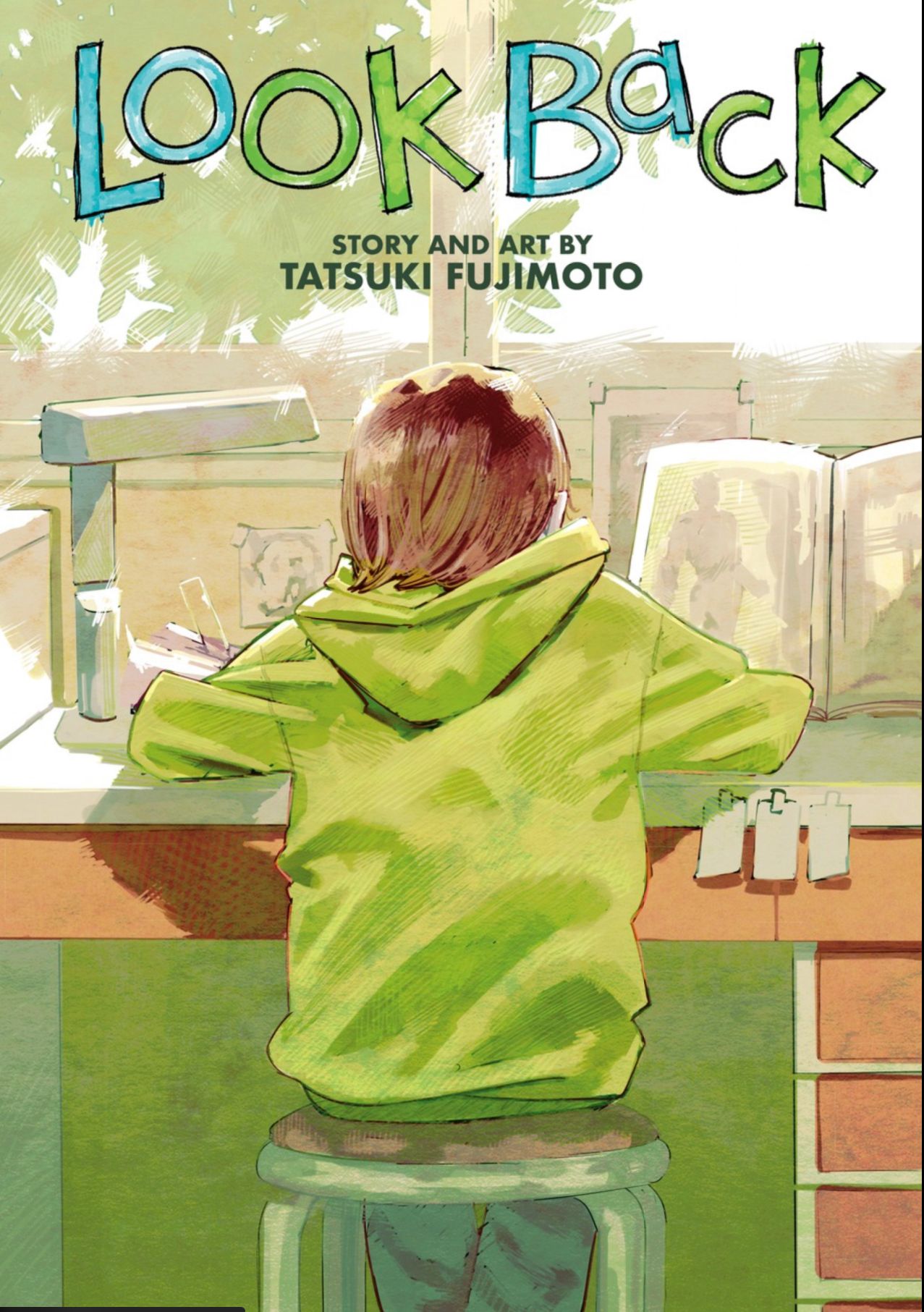


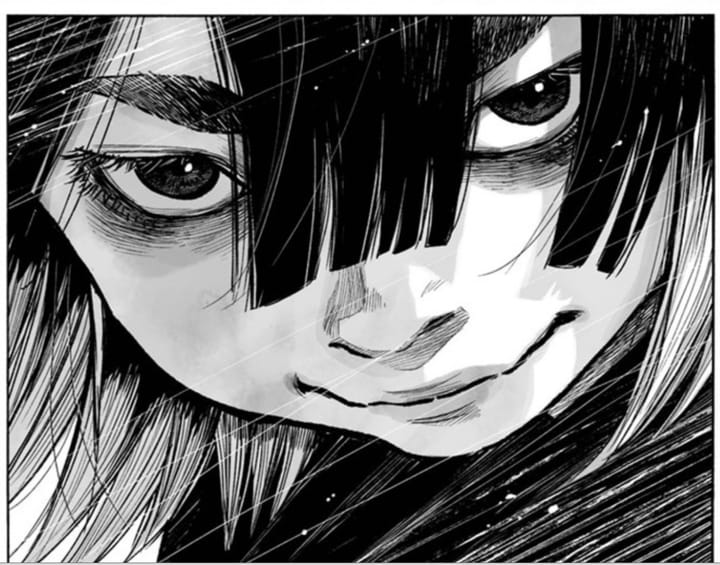
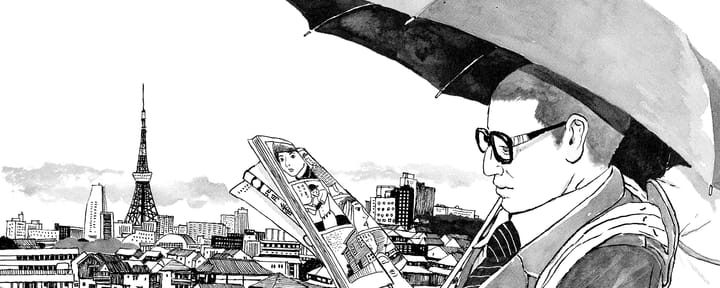
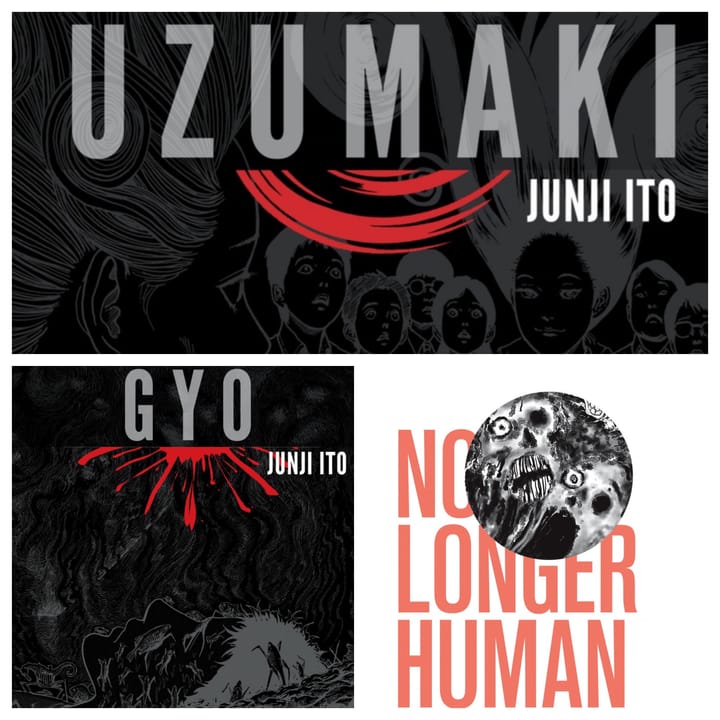
Comments ()